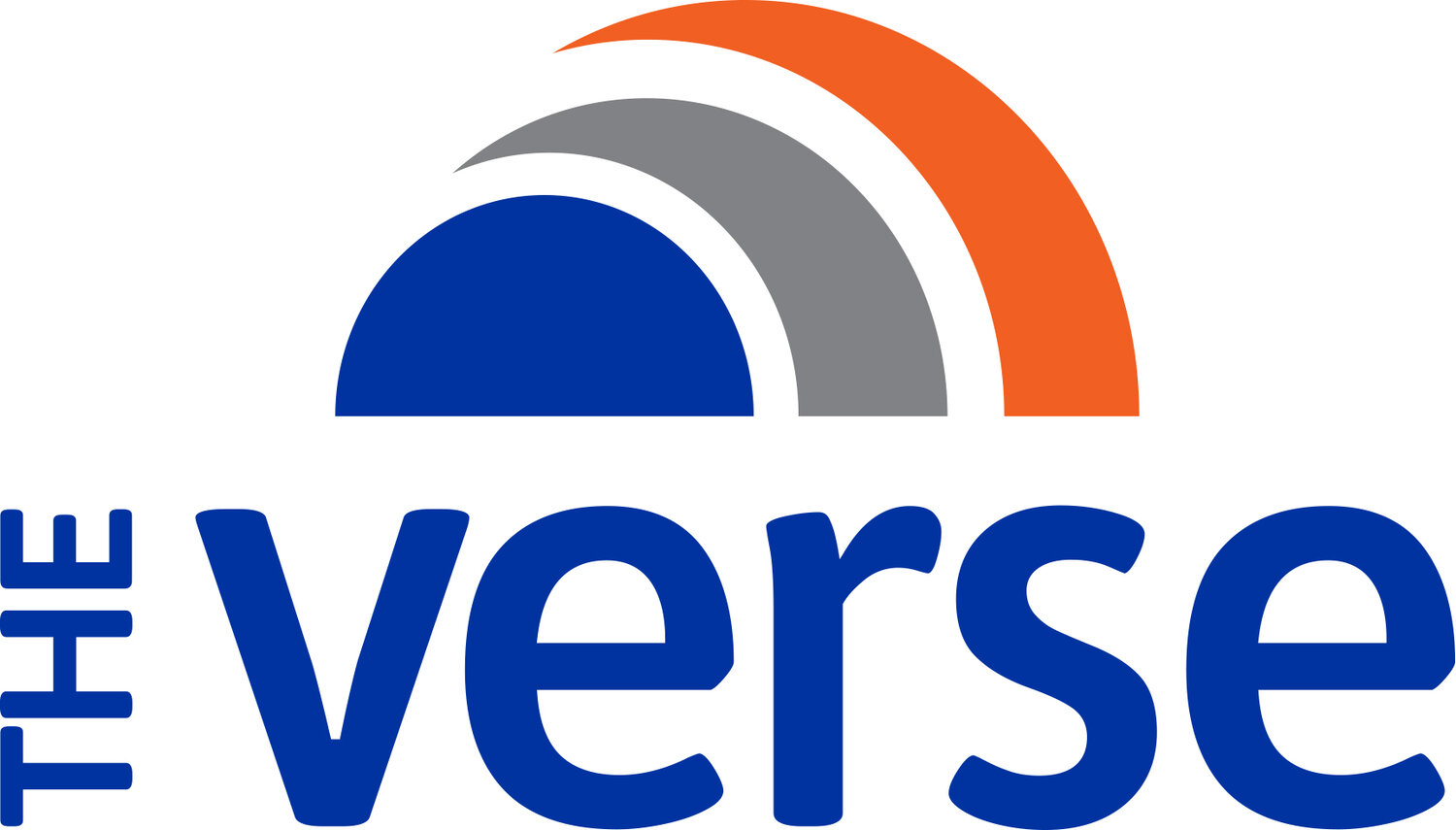Laura Witt’s Path to Investing for Good
Laura Witt
Mother, Investor, Outdoor Enthusiast, Jaywalker
What makes you feel like a grown-up?
When people ask me for advice. We tend to take our own experience for granted, but when others want my opinion, a light bulb goes off; I remember I actually know some things that might be useful to others.
What is the weirdest thing in your tote bag?
I had to think about this, because in the last year, like everyone else, I reached a point where everything fits in my pocket. But when I looked in one of my old backpacks, I spotted a pair of binoculars—because you never know when you might spot some wildlife.
What’s the best thing that happened to you in the 80s/90s?
Certainly, meeting my husband—the love of my life. But also, finally ditching my perm hairdo.
Where Profits Meet Planet
As a child growing up in Rochester, New York, I became obsessed with codes—so naturally, I planned to become a spy. Later, I thought I’d be a writer; I wrote stories in my spare time and even created a family newsletter. Then, during a seventh-grade English class, my teacher read a classmate’s story out loud. It was good. Really good. I thought to myself, “I’m not even the best writer in the seventh grade,” (the stories we tell ourselves!) and poof, another potential occupation out the window. Then, like everyone else, I had absolutely no idea what I wanted to be for the next fifteen years.
Flash forward. As a consultant, I was working closely with a client who had run a large consumer brand and had hired us to screen for other companies he could buy and run. He planned to raise private equity to fund the transaction. I hadn’t even heard of private equity, but the idea of working with entrepreneurs, finding companies to invest in, and developing a strategy to improve them seemed really exciting. I went on to join a growth equity firm and invested in technology companies over the next two decades.
Today, there’s a lot about venture capital and private equity in the public consciousness, but I don’t necessarily think much captures what really makes a good investor. First and foremost, though it might not make for compelling headlines, the truly important asset is to be a good listener. You need to listen to the management teams you work with and to the customers they’re targeting. Sure, a company may be excited to bring a shiny new solution to market, but you really have to hear the customer’s point of view to understand if that solution is actually the answer to their problems. It’s also crucial to understand what will be the key to creating value three to five years down the road. I always admire people who can home in on the real driver of success: How do you build a meaningful lead that you can maintain? Last, you need to be a great connector. You need to nurture your network and keep in touch with people who may not be as relevant today, but could be very helpful down the road.
Recently, we moved our family to Salt Lake City and I started working with The Drawdown Fund, which is informed and inspired by Paul Hawken’s book, Drawdown: The Most Comprehensive Plan Ever Proposed to Reverse Global Warming. The book is really centered on a tremendous amount of optimism and the belief that we already have well-proven technologies that can help solve our climate crisis. While some of the one hundred solutions he identifies require philanthropic or cultural intervention, many of them are market-driven, high-impact and actually economical to pursue. In the past, there has been a misconception around impact investing that you had to concede achieving market-based returns, but that seems to be fading. Investors see the tremendous growth in green sectors like clean energy and sustainable consumer products, so there’s an increasing sense that it will be about building well-run companies in these sectors.
Companies are doing truly exciting things. I have been looking at a lot of opportunities around food waste. Food waste is a $1 trillion problem globally and drives about 8% of greenhouse gas emissions. Almost one in five acres of cropland end up producing wasted food, while at the same time, millions of people face food insecurity. You see companies like Full Harvest tackling this by selling off produce that would be rejected due to grocery store aesthetics (think: quirky carrot, too-small citrus). Another company I’ve been looking at, Mori, has created a process to coat produce, meat and fish with a natural silk protein, which would be a big win for shelf life extension.
I have always loved the positive energy that surrounds entrepreneurial businesses, but investing in a mission-driven area is a whole new world. I love having a purpose—a calling to leave the planet better for my children. Coming from the hyper-competitive technology investing world, I’ve found the community around impact investing to be incredibly warm and collaborative. We all want to help each other out, because we actually want everyone to succeed in doing their part to save our planet.
To anyone thinking about marrying their talents with a bigger purpose, I’d say go for it. I might have had doubts when I first started, but I kept in mind that the skills and capabilities I cultivated while helping companies build management teams, develop product strategies, and expand their business all remained highly relevant no matter the sector. Now, when I second-guess myself—who doesn’t—I know that moving the mission of our fund forward is absolutely the right thing for me to be doing every day.

